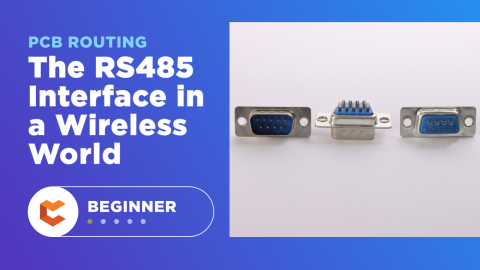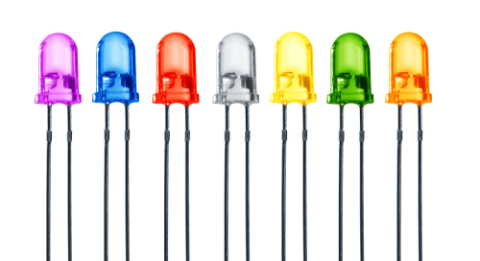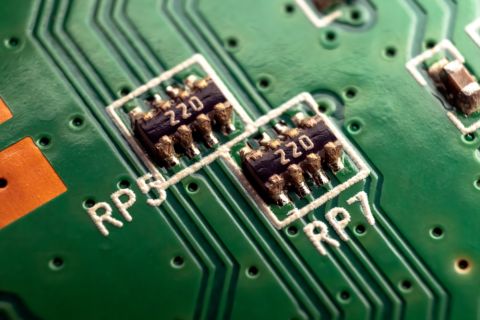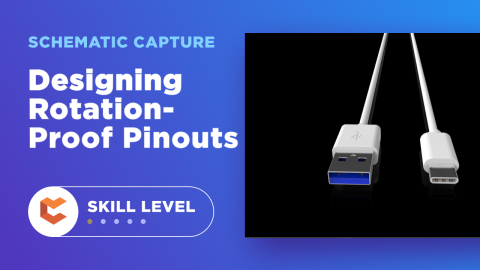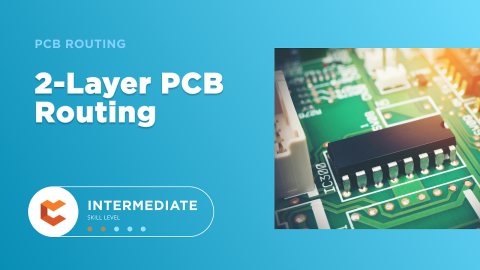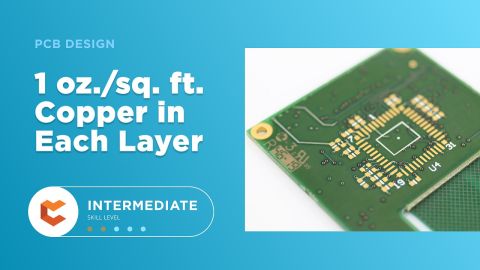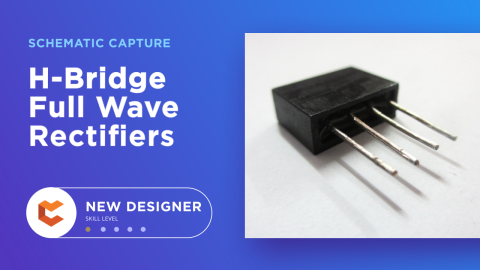What’s Worse: Holes in Your Winter Gloves or Copper Layer Defects?
Much of the United States is going through a remarkably cold period right now; as I write this there is only about 10% of the country experiencing temperatures above freezing. It was a true, white Christmas for many; however, not the white that most expect: instead of snow, they got ice. Living in areas where the temperature can vary by up to 40℉ in a day means dressing in layers. If you’re anything like me, you’re still mastering the art of layering: one or two shirts under the flannel? Will I need a sweater today? But outside of the necessities for warmth, there’s also the confounding fact that often you’ll be walking from freezing temperatures outside to broiling temperatures inside requiring you to either shed some layers or have a very sweaty day.
Whether it’s accidentally catching a sweater and creating a run, wearing an uncomfortable inner layer, or using an outer layer which isn’t warm enough, the way you select your winter layers can drastically impact your day. Similarly, the presentation and layout of layers in your PCB are equally important. Your internal copper layers and plating are critical for getting current where it needs to go, but improper layer-stacking, routing, or design can leave your otherwise strong design ineffective and powerless. Keep your mind from freezing up in those critical designs, and make sure you know what potential defects may arise in your copper layering.
Compatibility and Causes of Copper Layer Defects
When a multilayer board is manufactured, the laminate and copper have to be carefully chosen for compatibility across multiple parameters. Keeping them all in mind can feel overwhelming, but you don’t need to worry about dropped stitches here—paying careful attention and knowing what might mismatch will ensure your PCB can keep you warm through the winter.
Coefficient of thermal expansion (CTE) mismatch: More heat is required to process thicker, heavier copper, and you need to select the laminate accordingly. If you don’t, a large enough CTE mismatch can cause delamination between the layers and start to warp the PCB surface. Warping limits the feature size in imaging and thus the solder mask. Copper and FR-4 boards are at a higher risk of CTE mismatch, which can be compounded by the amount of resin used with the laminate. Thicker copper layers also exacerbate the mismatch. The key is to select materials that can tolerate the harshest environment they will experience. The harshest environment isn’t always where they are used—it could be where they are manufactured.
Etching resolution: The patterns in fine merino wool sweaters are very different from what you’d see in a chunky sweater. The thinner yarn allows for smaller patterns, the same way that thinner copper enables you to have finer resolution. When you etch copper, if you need sharper edges or more precise geometry, use a thinner copper. This is especially true for etched trace lines that are less than 0.005”.
Outgassing: Manufacturing the layer stackup should include rigorous outgassing processes to remove any air bubbles from the laminate. However, outgassing can still occur during reflow soldering. The bubbles cause voids under larger components and can damage the PCB via holes as gas tries to escape. Make sure the outgassing during the board manufacture is enough to eliminate trouble later in processing.
Through hole plating: Vias and through holes can also experience plating failures. If the via or through hole doesn’t have enough material internally, it will change the resistance of the pathway and can affect your board’s performance. The via or through hole might also crack, either due to thermal stress or physical handling. Knee-bend plated through holes are at a higher risk of cracks. As with plating issues, the resistance of a cracked through hole will change, allowing a board-by-board comparison to help diagnose issues.
Pad lifting: The pads on the surface of your PCB can delaminate from the surface, just like any other layer of the board. Think of untucking a shirt when you’re too hot, except you can never tuck it back in quite right. Pad lifting also happens when the pads get too hot, almost always due to heat applied during rework. Epectec has some nice images of pad lifting damage so you’ll recognize it if you see it.
Your choice in layering can be painstaking if you don’t know the effects and traits of each layer you want to apply. Don’t suffer through a day with itchy or too-warm clothes, and certainly don’t suffer through a PCB design in which your copper layers are prone to defects during manufacturing or use.
But just as much as you should consider which sweater you want to wear on any given day, the PCB design software is just as important to consider as your board manufacturer. When you need to access an easy-to-use PCB layout tool that includes everything needed to build high-quality manufacturable circuit boards, look no further than CircuitMaker. In addition to easy-to-use PCB design software, all CircuitMaker users have access to a personal workspace on the Altium 365 platform. You can upload and store your design data in the cloud, and you can easily view your projects via your web browser in a secure platform.
Start using CircuitMaker today and stay tuned for the new CircuitMaker Pro from Altium.

